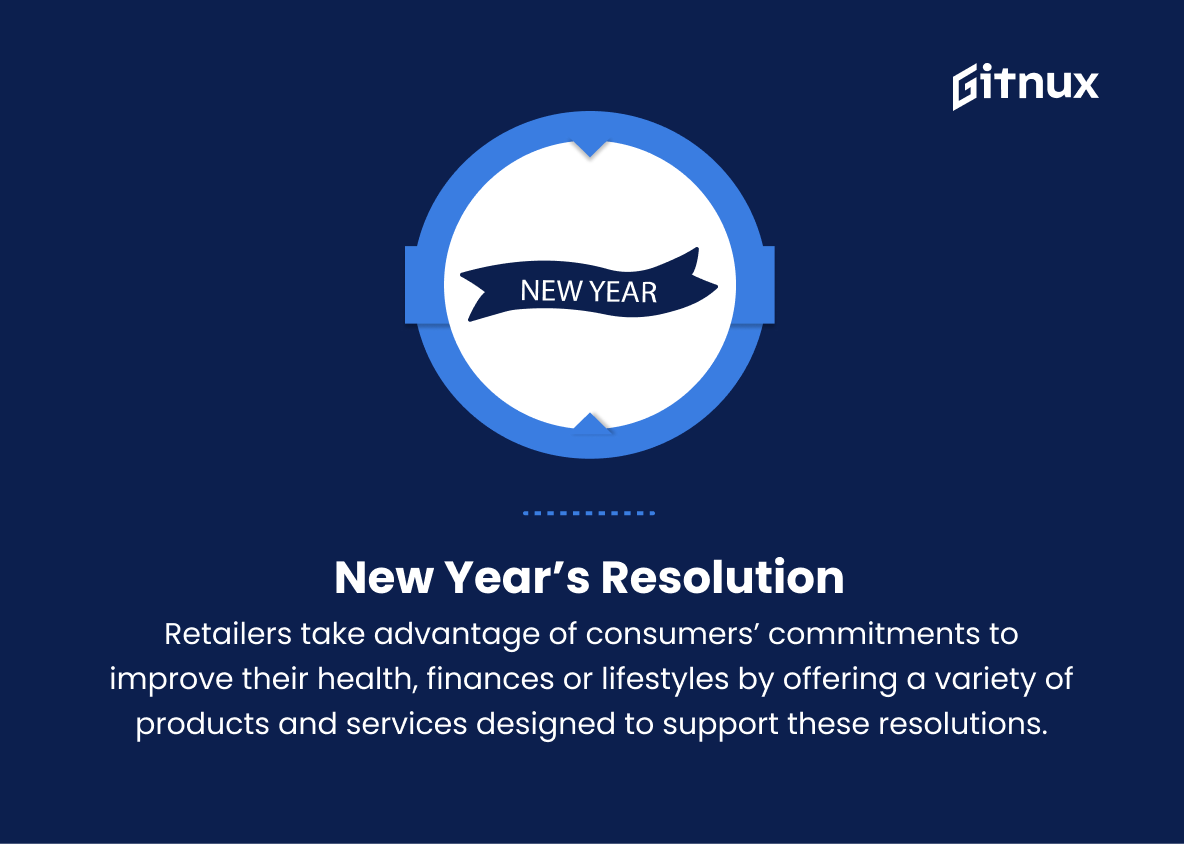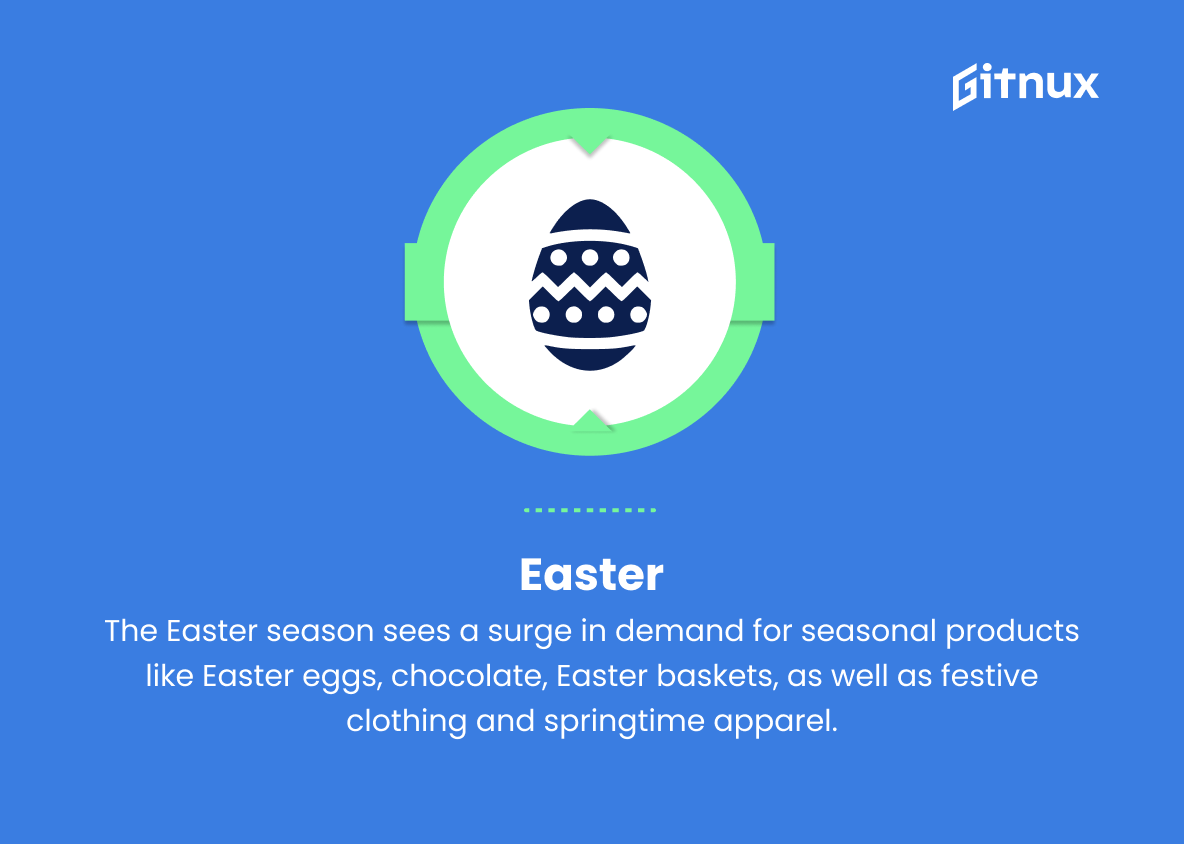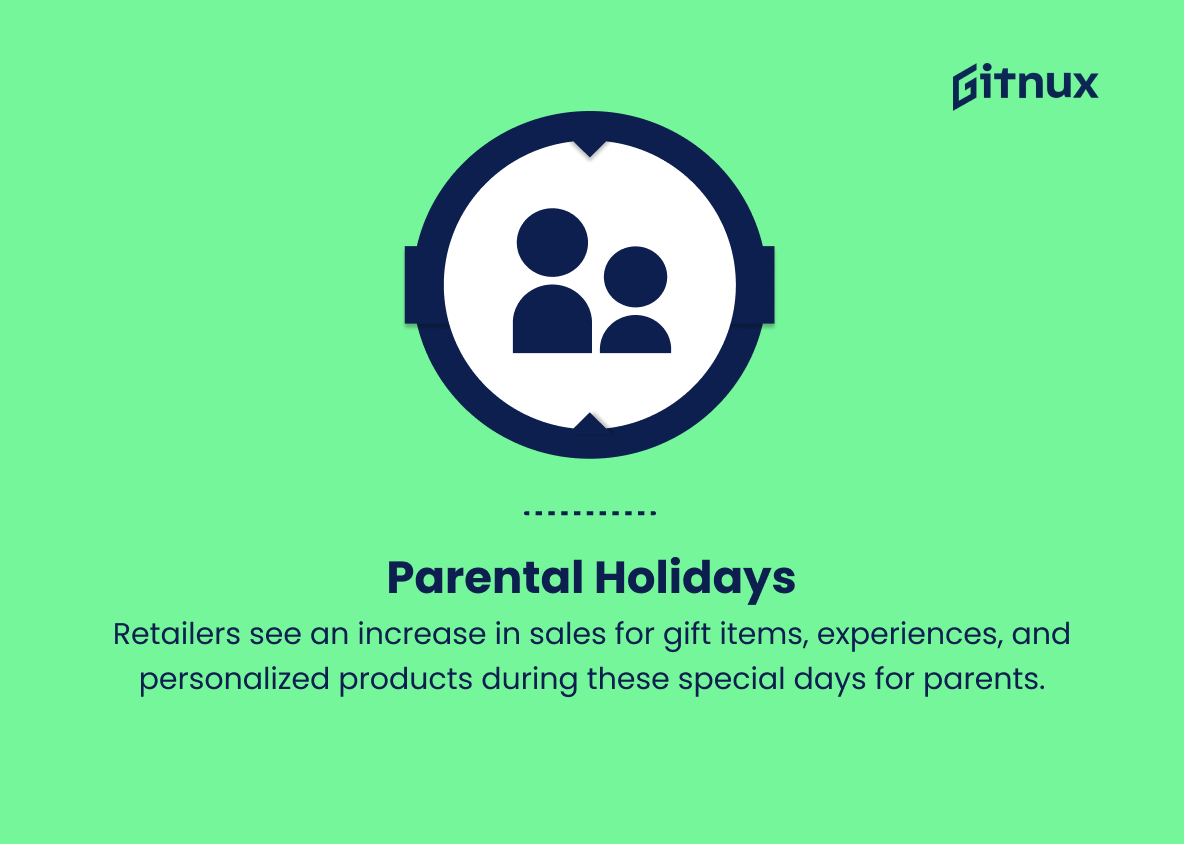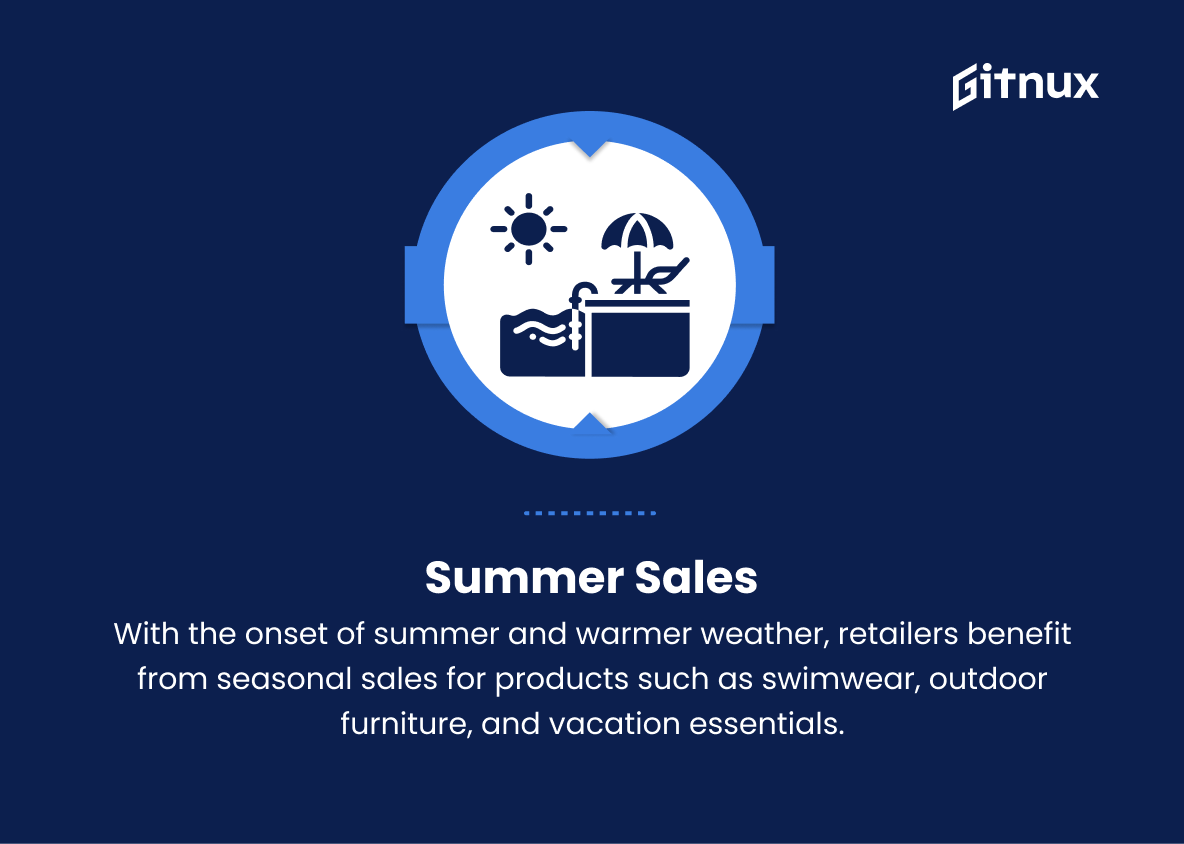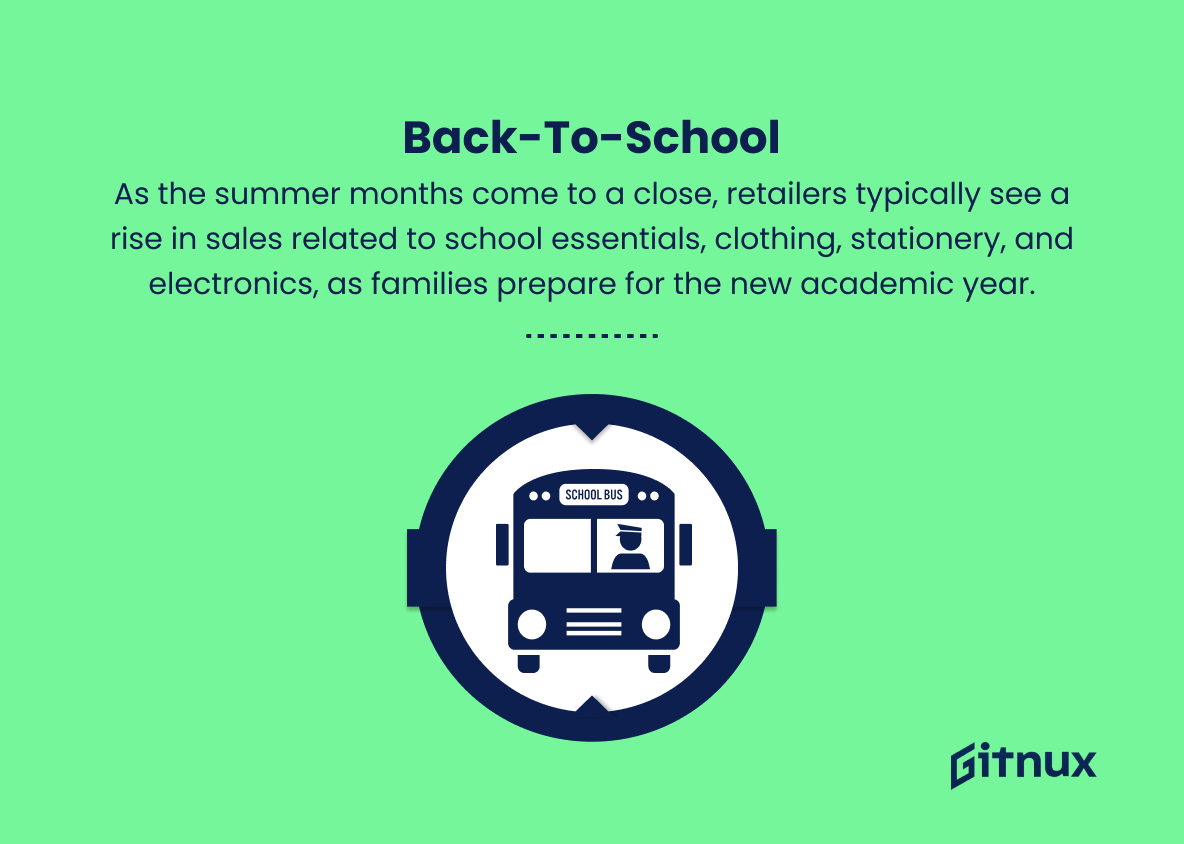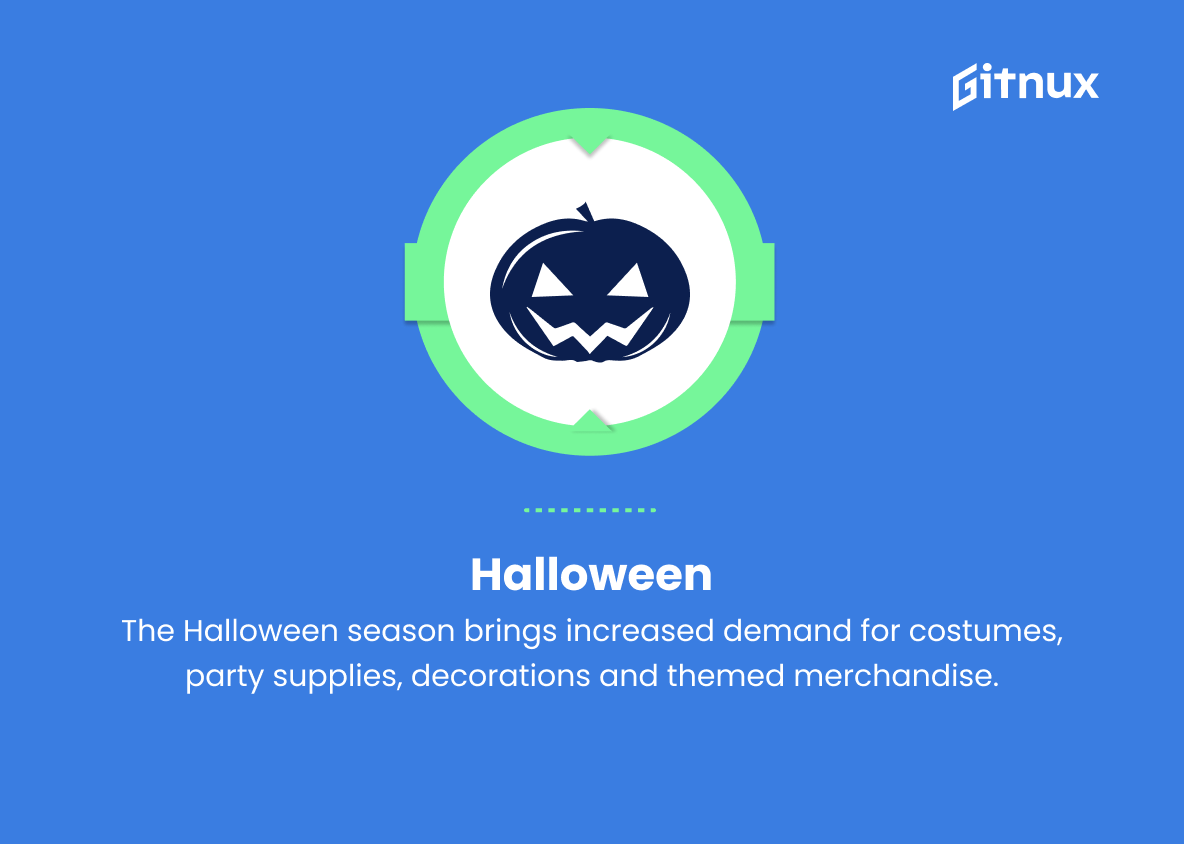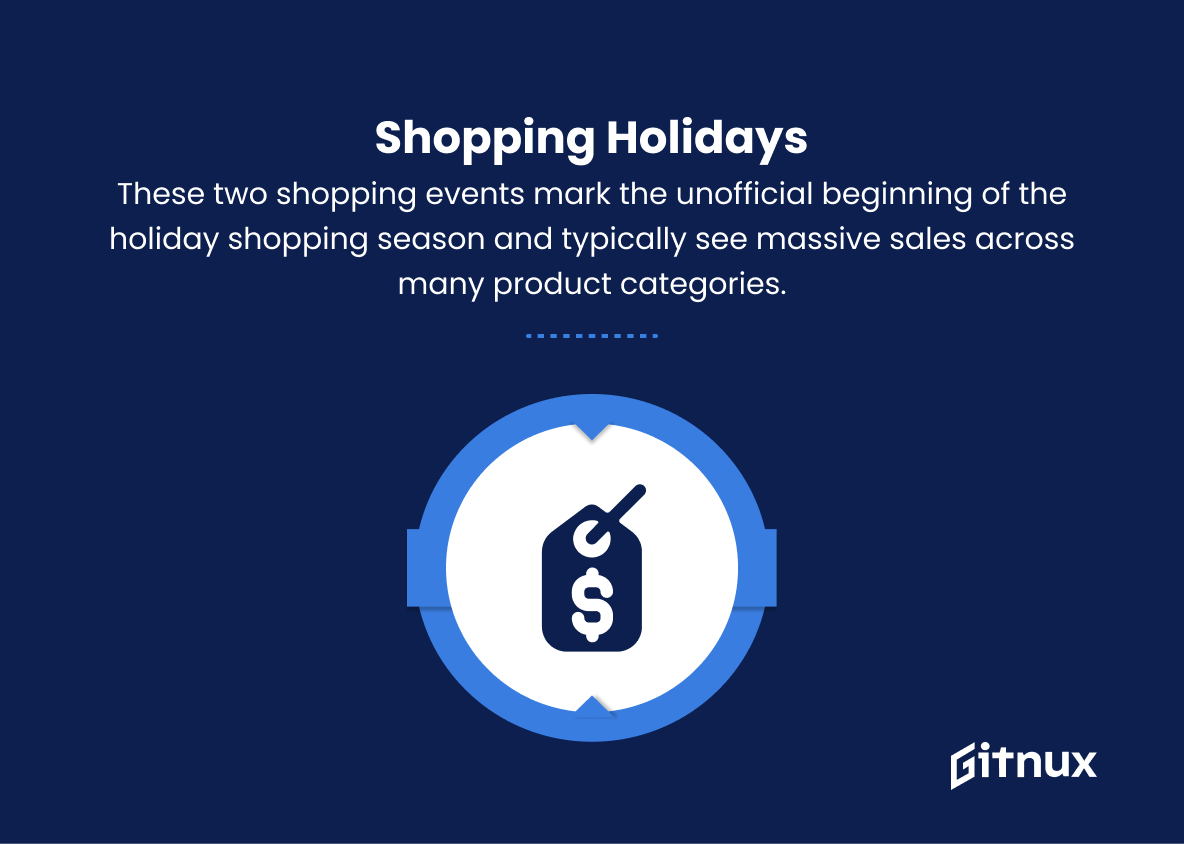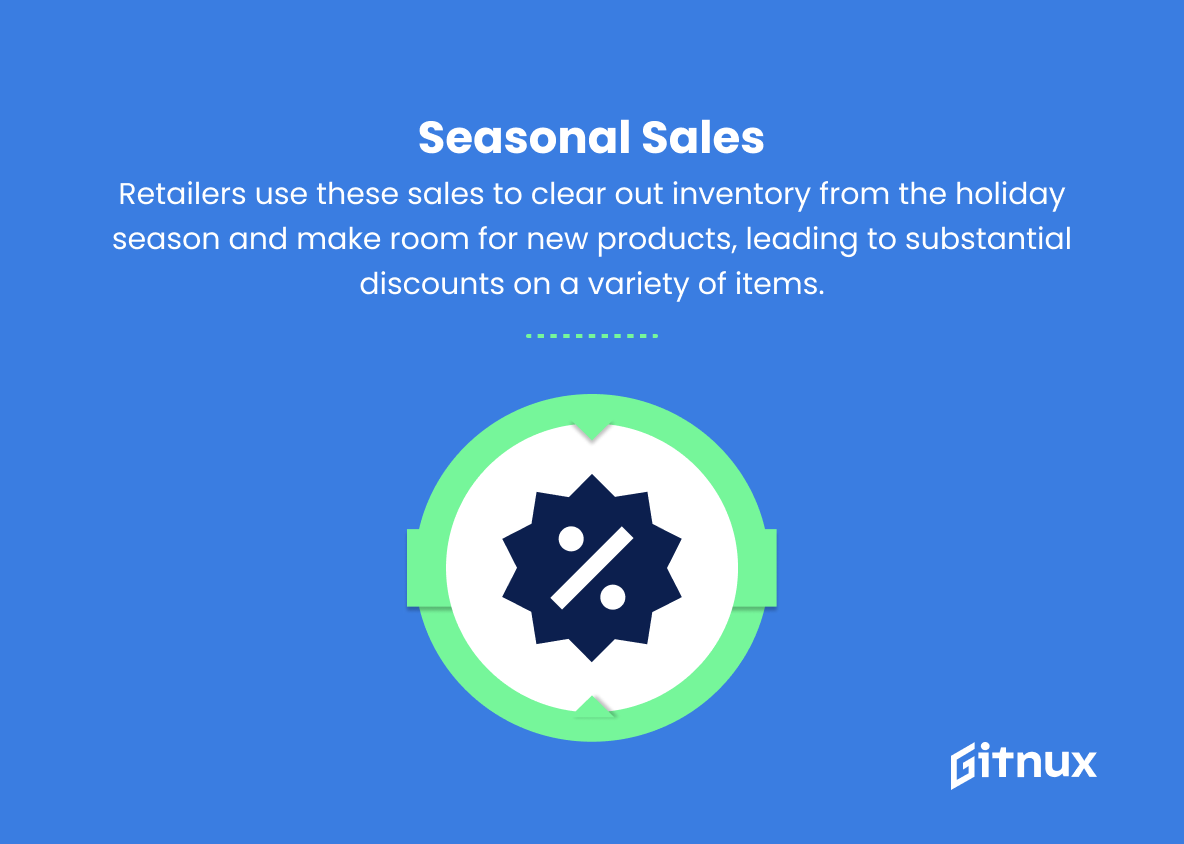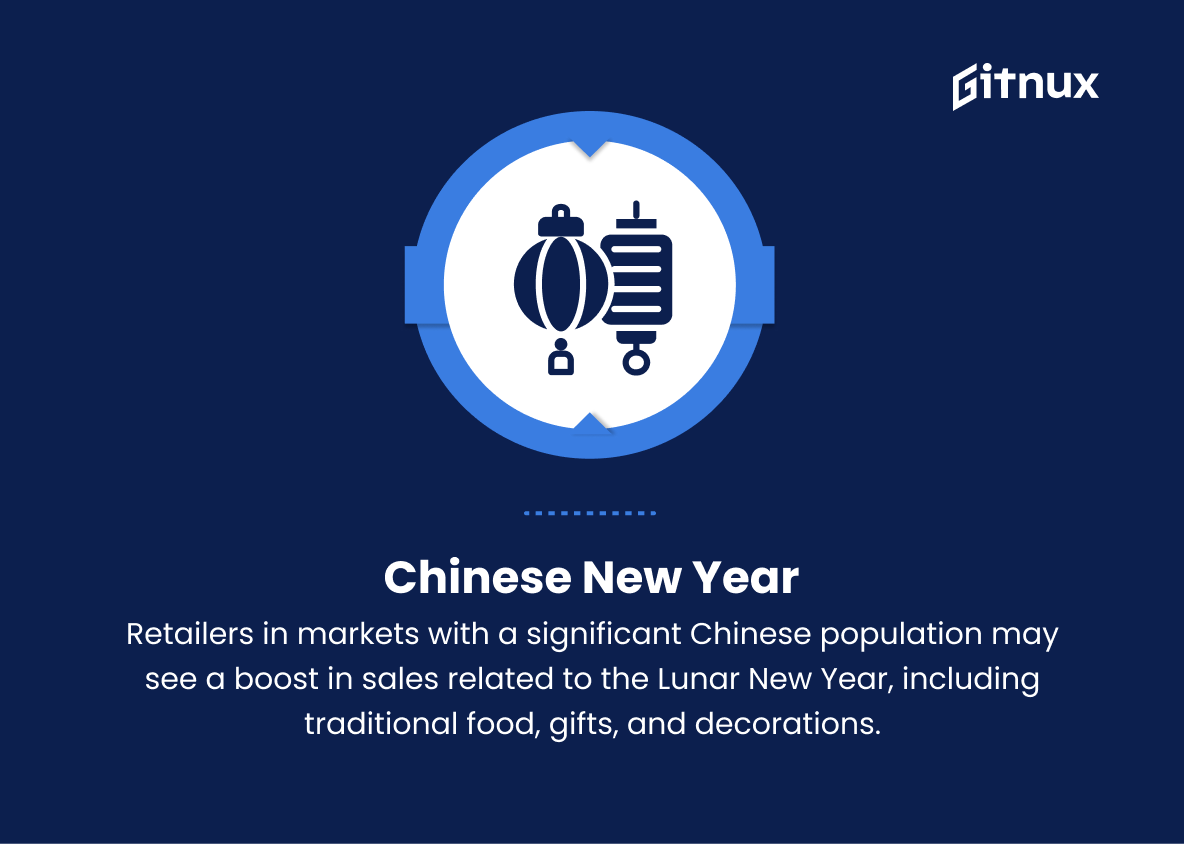As the global retail landscape continues to evolve, understanding and capitalizing on retail seasonality trends have become essential cornerstones for thriving businesses worldwide. Retailers who stay informed and adapt their strategies to these dynamic trends hold a significant advantage in the increasingly competitive market.
In this analytical blog post, we delve into the depth of retail seasonality, exploring its various facets, and offer valuable insights into current trends and best practices to help you maximize your potential during these crucial periods. Stay ahead of the curve, and discover how to make retail seasonality work in your favor.
Top Retail Seasonality Trends
1. New Year’s Resolution
Retailers take advantage of consumers’ commitments to improve their health, finances or lifestyles by offering a variety of products and services designed to support these resolutions.
2. Valentine’s Day
Retailers capitalize on romance by offering themed products, gifts and promotional deals on Valentine’s Day-related items, such as chocolates, flowers, jewelry, and perfumes.
3. Easter
The Easter season sees a surge in demand for seasonal products like Easter eggs, chocolate, Easter baskets, as well as festive clothing and springtime apparel.
4. Earth Day
Retailers align with environmental concerns and offer eco-friendly products and promote sustainable practices during the Earth Day period.
5. Mother’s Day and Father’s Day
Retailers see an increase in sales for gift items, experiences, and personalized products during these special days for parents.
6. Graduation Season
Many retailers offer sales and promotions related to graduation gifts, including electronics, jewelry, stationery, and matching school and university gear.
7. Summer Sales
With the onset of summer and warmer weather, retailers benefit from seasonal sales for products such as swimwear, outdoor furniture, and vacation essentials.
8. Back-to-School
As the summer months come to a close, retailers typically see a rise in sales related to school essentials, clothing, stationery, and electronics, as families prepare for the new academic year.
9. Halloween
The Halloween season brings increased demand for costumes, party supplies, decorations and themed merchandise.
10. Black Friday and Cyber Monday
These two shopping events mark the unofficial beginning of the holiday shopping season and typically see massive sales across many product categories.
11. Holiday Shopping Season
As the holiday season approaches, consumers flock to retail stores and e-commerce sites to buy gifts, decorations, and other holiday-related products.
12. Winter Sales and Post-Holiday Clearance
Retailers use these sales to clear out inventory from the holiday season and make room for new products, leading to substantial discounts on a variety of items.
13. Chinese New Year
In markets with a significant Chinese population, retailers may see a boost in sales related to the celebration of the lunar new year, including traditional food, gifts, and decorations
It is important to remember that these trends vary by region, and not all retailers will experience the same level of seasonality throughout the year.
Implications
Retail seasonality trends significantly shape the strategies and revenue streams of businesses throughout the year. With each passing holiday or special event, retailers adapt their offerings to cater to consumer demands and capitalize on the unique marketing opportunities presented.
From New Year’s resolutions prompting stores to provide products supporting self-improvement goals, to Valentine’s Day spurring demand for romantic gifts, and Easter celebrations bringing new merchandise such as festive clothing and confectioneries, businesses must stay agile to these shifts in consumer behavior.
Similarly, eco-conscious practices and eco-friendly products are highlighted during Earth Day, while Mother’s Day, Father’s Day, and Graduation season create opportunities for personalized gifts and experiences. Summer and winter sales drive demand for seasonal items such as swimwear and holiday-themed merchandise, followed by promotional back-to-school and Halloween offerings.
During the holiday shopping season, which unofficially kicks off on Black Friday and Cyber Monday, retail sales soar as consumers seek gifts, decorations, and other festive items. Winter sales and post-holiday clearance events help manage inventory and create room for upcoming products, while the Chinese New Year provides revenue-boosting opportunities for retailers in markets with significant Chinese populations.
Ultimately, these seasonality trends not only impact businesses but also create dynamic shopping experiences that evolve throughout the year, catering to the ever-changing needs of consumers.
Conclusion
Understanding and adapting to retail seasonality trends is crucial for businesses to thrive in the ever-evolving and competitive retail market. By analyzing, forecasting, and tailoring marketing strategies to complement these patterns, retailers can optimize their inventory management, customer engagement, and overall success. Staying agile and embracing change, along with continuously seeking innovative ways to adapt to the seasonal fluctuations, can help businesses navigate the complexities of retail and stay ahead of the competition.
Ultimately, a deep comprehension of retail seasonality is the key to unlocking sustainable growth and maximizing profitability for any business in the industry.
